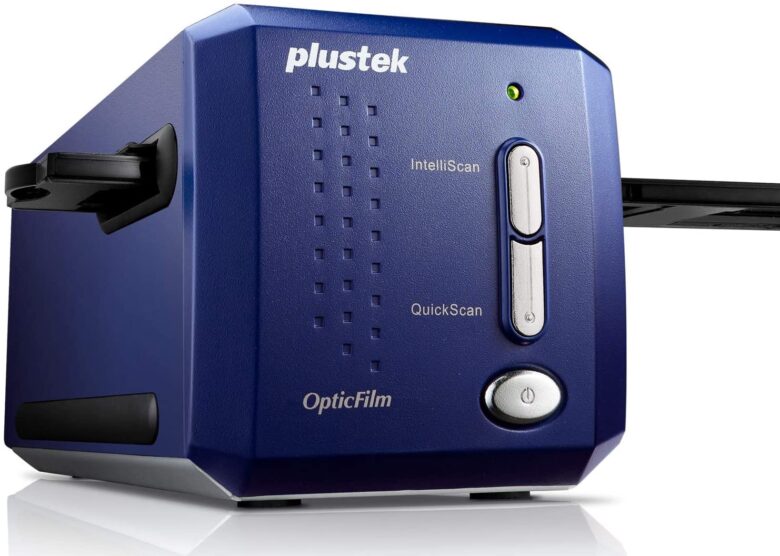If there’s one thing Apple displays are known for, it’s high prices. OK — all joking aside — if there are two things they’re known for, it’s crisp, accurate colors and being worth the price for that level of quality.
After all, those who work or play with graphics, photos, video or animation need great color.
And if you go dual-display, it helps if they’re the same model. Today’s featured Mac Studio setup, for example, corrected mismatched displays and the resulting color inconsistency by adding a second Studio Display.
This post contains affiliate links. Cult of Mac may earn a commission when you use our links to buy items.
Mac Studio setup with 2 Studio Displays means perfect color consistency across monitors
Photographer and Redditor Onionpicklecake (“OPC”) showcased the display-centric setup in a post entitled, “Mac Studio with dual Studio Displays in the morning light.”
OPC runs a base model Mac Studio, but it’s still a powerful desktop computer with an M1 Max chip. It has a 10-core CPU, a 24-core GPU, a 16-core Neural Engine, 32GB of unified memory and a 1TB of storage.
From 1 Studio Display and a Dell to 2 Studio Displays
But the stars of his setup show are the two Studio Displays. He went from having one of those plus a 24-inch Dell 4K monitor to having two Studio Displays with standard glass (not nano texture for $300 more). And he’s over the moon about the change.
“The displays are really well put together and compliment the Mac and the rest of the setup really well,” he said. “Color consistency across both displays is identical with the factory calibration; their main use is for color critical work so this consistency is fantastic.”
When asked if his productivity improved, here’s what he said:
“Not as big as the jump from going from 1 to 2 displays — going from 24 to 27 [inches] naturally yields more working area. The other improvement is not having to swap content from one display to the other to check color,” he replied.
And a commenter asked a somewhat unusual question: Does OPC sit in the middle of the two displays?
Here’s his answer about positioning himself for work:
It varies based on what I am doing. The left display is set as primary, the closer to whatever I am doing is single display or mono-tasking, the further to the left I get. A big final cut project? Pretty close to the middle. Lightroom with loupe on the second display? Left-ish. Web browsing with YouTube on the second display? I’m pretty much in front of the left monitor.

Photo: PlusTek
Mega-storage and a fancy film scanner
Although the base Mac Studio comes with 1TB of storage (SSD), that’s not necessarily enough for a person who works with large files like the photographs and such OPC works with. So he’s also got a Lacie 10TB external hard drive.
And he also works with something we rarely see in Setups. In order to digitize physical film, he uses a Plustek OpticFilm 8100 35mm Negative Film/Slide Scanner.
A commenter with scads of family photos wondered if it’s worth getting a film scanner, and whether it’s better to scan from prints or negatives.
OPC had a good answer:
If you have the negatives, it’s definitely worth scanning negatives rather than the prints. Depending on when and how the photos were printed, there could be a big gap between the data in the negatives and what is on the prints.
I’ve scanned both my photos as well as older family photos and there is a massive jump in quality from the prints to scanned negatives that are post-processed.
I use Silverfast to scan RAW DNGs and then I process in Lightroom with the Negative Lab Pro plugin. You can pull a heap of dynamic range out of negs, assuming they were correctly shot and developed.
Solid input devices and optimal audio
OPC uses the mouse we see most frequently in setups far and wide, the Logitech MX Master 3 wireless mouse. Many people consider it to be the best for routine productivity. That is, that one or its newer sibling, the Logitech MX Master 3S. And, by the way, an MX Master 4 is said to coming at some point fairly soon.
Along with the ubiquitous Logi mouse, OPC uses a Keychron Q1 custom mechanical keyboard. It’s got Gateron Brown switches under Gateron “Hacker” key caps.
And OPC’s audio gear doesn’t disappoint, either. Along with a set of Apple’s flagship AirPods Max over-hear noise-cancelling headphones, he uses a pair of IK Multimedia iLoud Micro Monitors for sound in the room.
“These will destroy the Studio Display speakers,” he said. And who can quibble? The 50W iLoud speakers are made for music production.
“The smallest active studio reference monitoring system in the world, iLoud Micro Monitor provides you with ultra-accurate true linear frequency response with no coloration,” the company said of the potent little speakers, adding that their “sound is so good that it’s nearly inconceivable for a speaker system of this size and at this price point.”
Well then. Rock on, OPC.
Shop these items now:
Computer:
Displays:
Input devices:
Audio:
Other gear:
If you would like to see your setup featured on Cult of Mac, send some high-res pictures to info+setups@cultofmac.com. Please provide a detailed list of your equipment. Tell us what you like or dislike about your setup, and fill us in on any special touches or challenges.
![Dual Studio Displays dole out killer color consistency [Setups] Two Studio Displays offer identical color consistency.](https://www.cultofmac.com/wp-content/uploads/2022/08/5gdgv34cudh91.jpg)

